Evil never looked this good
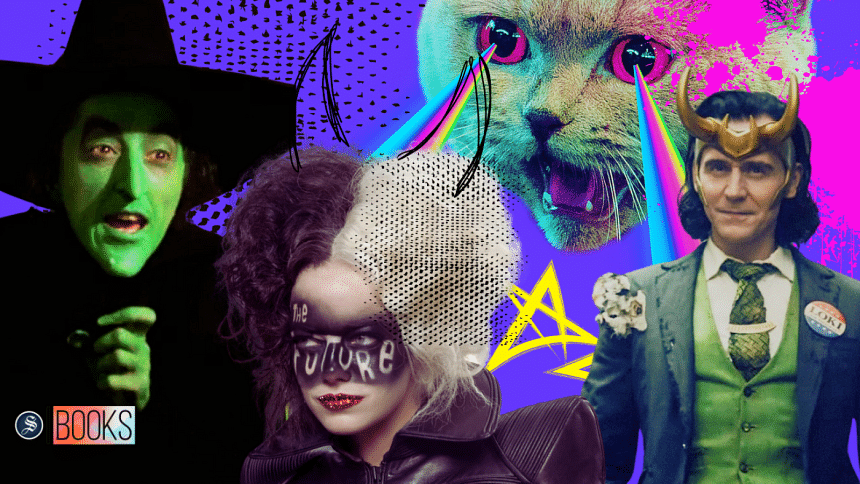
The trend of exploring villains through sympathetic backstories arguably began with Gregory Maguire's novel, Wicked: The Life and Times of the Wicked Witch of the West (ReganBooks, 1995), which spawned a hit Broadway musical and an upcoming two-part film adaptation. Wicked itself is a revisionist exploration of the characters and setting of the 1900 novel, The Wonderful Wizard of Oz by L Frank Baum, its sequels, and the 1939 film adaptation. It is presented as a biography of the 'Wicked Witch of the West', here given the name Elphaba. The book follows her from her birth as the result of a rape through her radicalisation, social ostracism, and finally, her death at the hands of Dorothy.
In the original story, the Wicked Witch of the West is a one-dimensional villainess. Wicked presents her as a misunderstood and compassionate character. We see the events that shape her and the injustices she faces, prompting a critical look at Dorothy's perspective and the simplistic 'good versus evil' narrative. Following the success of Wicked, many stories have explored the motivations and backgrounds of villains and villainesses, offering us new perspectives on these characters and prompting discussions about the complexity of human nature.
Almost from the moment that a cyclone sends her to the strange land of Oz, Dorothy in The Wonderful Wizard of Oz is determined to find a way back home to Kansas and her Aunt Em. This highlights one of the novel's main points: that everyone has somewhere they truly belong. It's notable that Dorothy immediately wants to go home and even sheds tears at the thought of staying in Oz forever. Despite how magical and dazzling Oz seems to be, Dorothy still feels that she belongs back on the flat, grey prairies of Kansas. While the Scarecrow wonders why she'd want to leave a country as splendid as Oz, Dorothy explains that people always long for their home no matter how beautiful other places might be. Put another way, feeling like she belongs and is at home is more important to Dorothy than marvelling at Oz's many wonders.
In Wicked, the land of Oz itself represents a distorted sense of home and belonging. While it appears magical and enchanting on the surface, the novel reveals a dark underbelly of oppression, corruption, and inequality. This portrayal prompts us to question what truly makes a place feel like home: outward appearances or the values and relationships that exist within it. From the beginning, Elphaba struggles to find acceptance due to her green skin and unorthodox views. She faces discrimination and ostracisation, both in her hometown of Munchkinland and at Shiz University. This lack of belonging fuels her desire for a home where she can be herself and be accepted for who she is. Elphaba's search for a place of belonging ultimately leads her to join a resistance movement, where she finds a sense of purpose and connection with others who share her values. But she is a sympathetic character who is capable of making questionable decisions as well, which highlights that individuals can be both victims and perpetrators.
Like Elphaba, Loki—the God of Mischief from Marvel Comics and the cinematic universe with the same name—as a frost giant adopted into Asgardian royalty, also grapples with feelings of abandonment and a sense of not belonging. His discovery of his true heritage triggers an identity crisis, leading him to feel betrayed and misunderstood. Furthermore, he is charismatic, quick-witted, and entertaining. His intelligence and ability to manipulate situations with charm create a certain appeal, causing us to root for him, even when his actions are questionable. Loki underwent significant character development throughout the Marvel Cinematic Universe over the years. His growing affection for his brother, Thor, and his willingness to join forces with the Avengers demonstrate his capacity for redemption, making him a more sympathetic figure. Loki's journey from villain to hero shows that even those who have made mistakes can change and work towards bettering themselves, and deserve a second chance.
Even without a full-blown sympathetic backstory, a villain's motivations can be complex. The Ballad of Songbirds and Snakes (Scholastic, 2020), a prequel about Coriolanus Snow, the primary antagonist of The Hunger Games trilogy doesn't shy away from Snow's hunger for success and his ruthless tactics. He is driven by a desire to elevate his family's status. This ambition creates a tense competition in the Games, where he'll do whatever it takes to win favour, even if it means manipulating his tribute, Lucy Gray. We see the seeds of the manipulative and power-hungry Snow we know from the original trilogy, but while the book explores Snow's motivations, it doesn't paint him as a completely evil character. We see glimpses of a young man struggling with poverty and a desperate need to prove himself. This complexity makes him a more interesting villain. We can be both terrified of his potential and intrigued by his journey, without necessarily condoning his actions.
Disney started reinventing their villains through live-action prequels that explore their perspectives with Maleficent (2014), which focused on the evil sorceress from Sleeping Beauty (1959) who possessed the ability to transform into a dragon and cast a curse upon Aurora, the princess. The retelling challenged the black-and-white portrayal of the villainess and provided her with a backstory that revealed the betrayal and heartbreak she experienced at the hands of King Stefan, which fueled her anger.
The positive critical and audience reception of it greenlit the idea of exploring other villains in a similar way. In 2021, Cruella followed suit. Out of all the classic Disney villains, Cruella is probably one of the least sympathetic. In Dodie Smith's 1956 novel The Hundred and One Dalmatians and its Disney adaptations, her defining characteristic is her relentless fixation on fur, particularly for a coat made from Dalmatian puppies. This obsession fuels her cruelty, making her willing to steal and endanger innocent animals to get what she wants.
For decades, Disney has maintained a strong commitment to providing family-friendly entertainment. Even when exploring the origin stories of villains, the films have maintained a positive spin, mostly implying the darker elements of the stories. For instance, in Maleficent, the scene where her wings are torn off by Stefan serves as a metaphor for sexual assault. While Cruella avoids depicting the character's notorious penchant for killing Dalmatians for their fur, it hints at a darkness within her that is driven by trauma and ambition. However, it leaves unanswered the question of how far she is willing to go. Cruella befriends a stray dog named Buddy, but has a complicated relationship with Dalmatians. The pet Dalmatians of the Baroness, an esteemed fashion designer operating in London, who is later revealed to be Cruella's biological mother, are directly responsible for the death of her adoptive mother. This tragic event fuels her hatred towards the breed, which could foreshadow a future where she extends it to all Dalmatians.
Furthermore, Cruella is deeply obsessed with fashion and creating shocking statements. There is a scene where she stages a protest fashion show to outdo The Baroness. She plays the song, "I Wanna Be Your Dog" by The Stooges and implies she murdered The Baroness's dogs to make the clothing. Later, she reveals, "I didn't, but people do need a villain to believe in, and I'm happy to fit the bill." Though the sequence is exciting and rebellious, it is unclear if we should root for or against Cruella's actions. There is a lingering sense that her fixation on dramatic designs could eventually cross a line.
The Baroness is a cruel villain all on her own, but who Cruella grows into is not much better. Throughout the film, she displays a willingness to manipulate and endanger others to achieve her goals. While her primary targets are The Baroness and her accomplices, her ruthlessness hints at a potential for more extreme actions. It is easy to imagine this version of Cruella resorting to drastic measures, like plotting to kidnap and skin Dalmatian puppies, if the stakes were high enough. At the end of the prequel, Cruella is the one who gives Perdita the Dalmatian to Anita and Pongo to Roger. Her personal attachment to the dogs could add another layer of cruelty to her character, suggesting that she may not care about them or even forget about them when she is older and wants them. With a sequel in development, Disney faces a crucial choice: can they whitewash Cruella's most heinous act and risk narrative inconsistency, or will they delve deeper into the darkness that defines her, potentially pushing the boundaries of their family-friendly brand?
As we delve into the lives of villains in literature and film, we are compelled to acknowledge the multifaceted aspects of humanity and the impact that personal histories and societal influences have on shaping one's path. These narratives invite us to reflect on our own understanding of right and wrong and recognise the potential for growth and change within each individual. They not only entertain us, but also push us to embrace a more nuanced understanding of human nature and the complex forces that drive our actions.
Shababa Iqbal is a Journalism graduate of Independent University, Bangladesh (IUB) and a Sub editor of ICE Today. She likes Jane Austen's novels and Disney movies. Email: [email protected].

 For all latest news, follow The Daily Star's Google News channel.
For all latest news, follow The Daily Star's Google News channel. 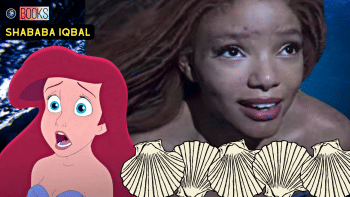
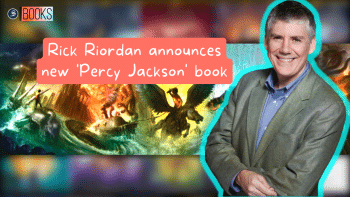
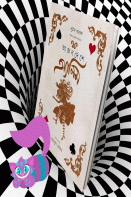





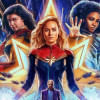


Comments